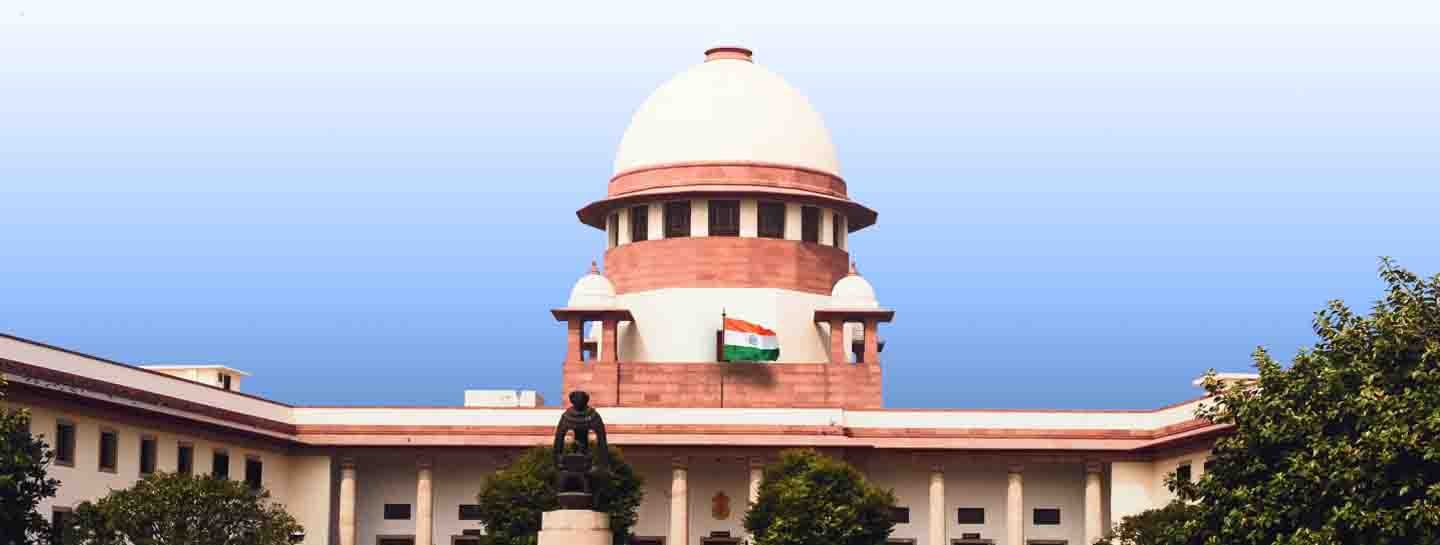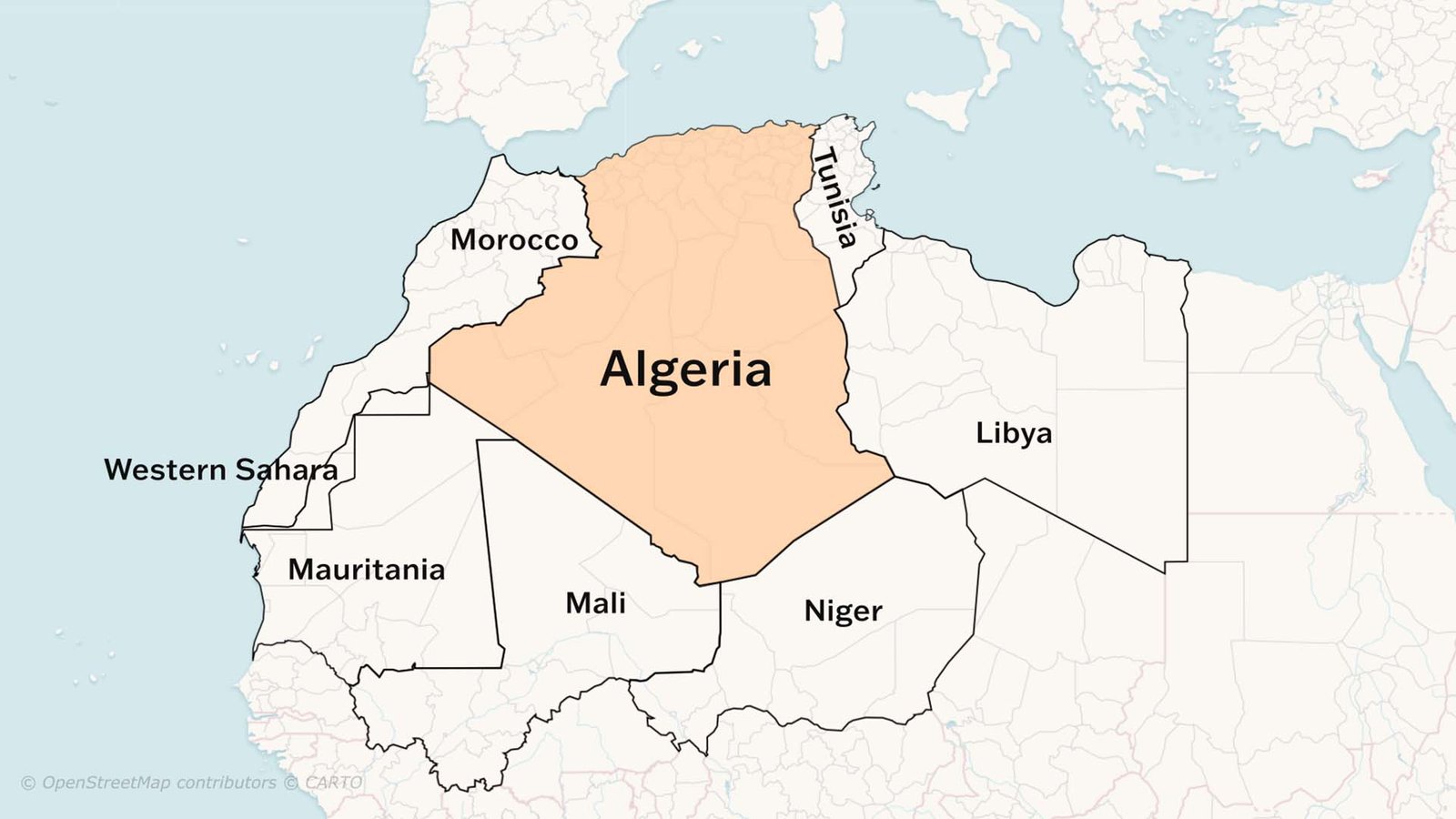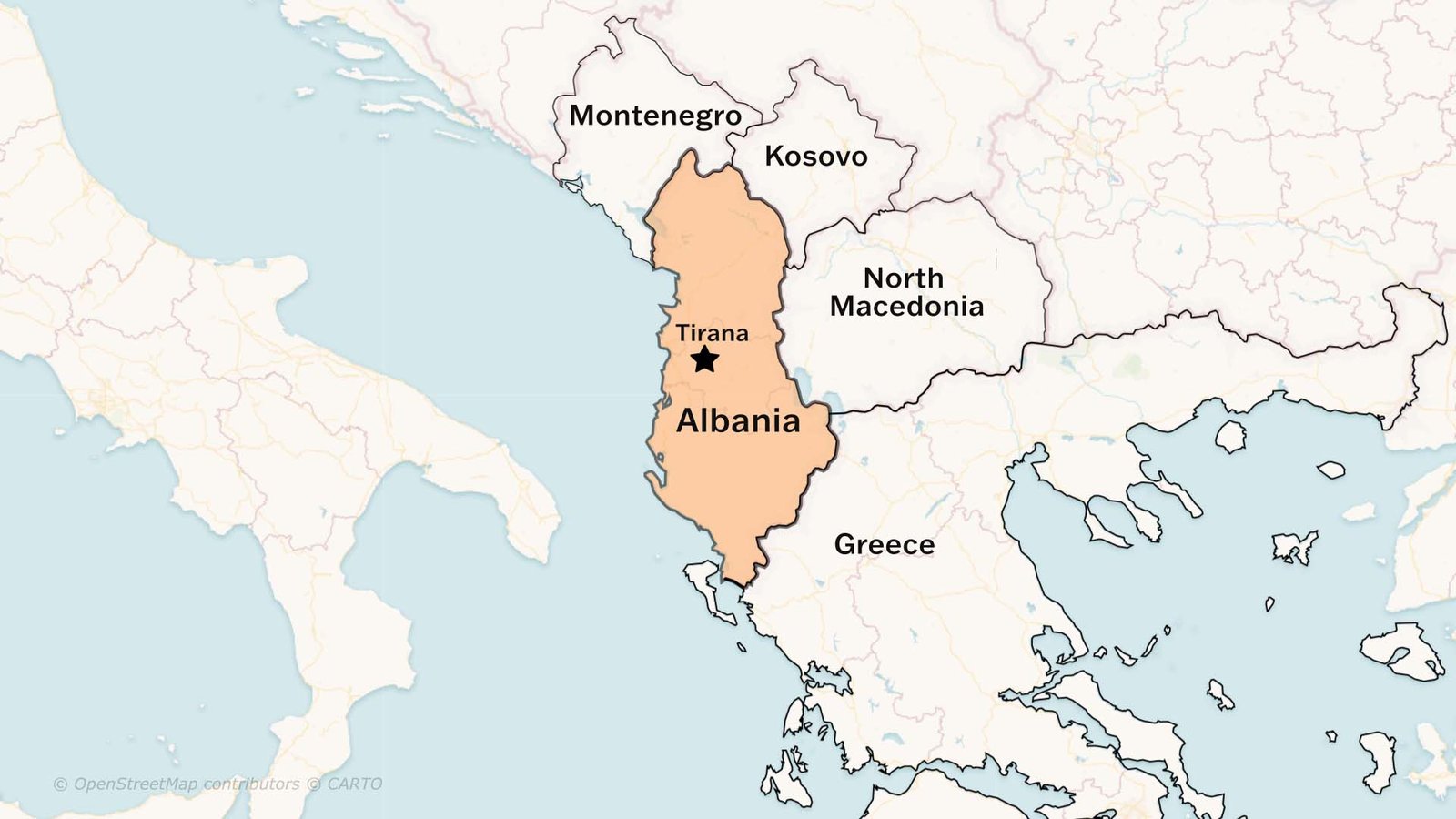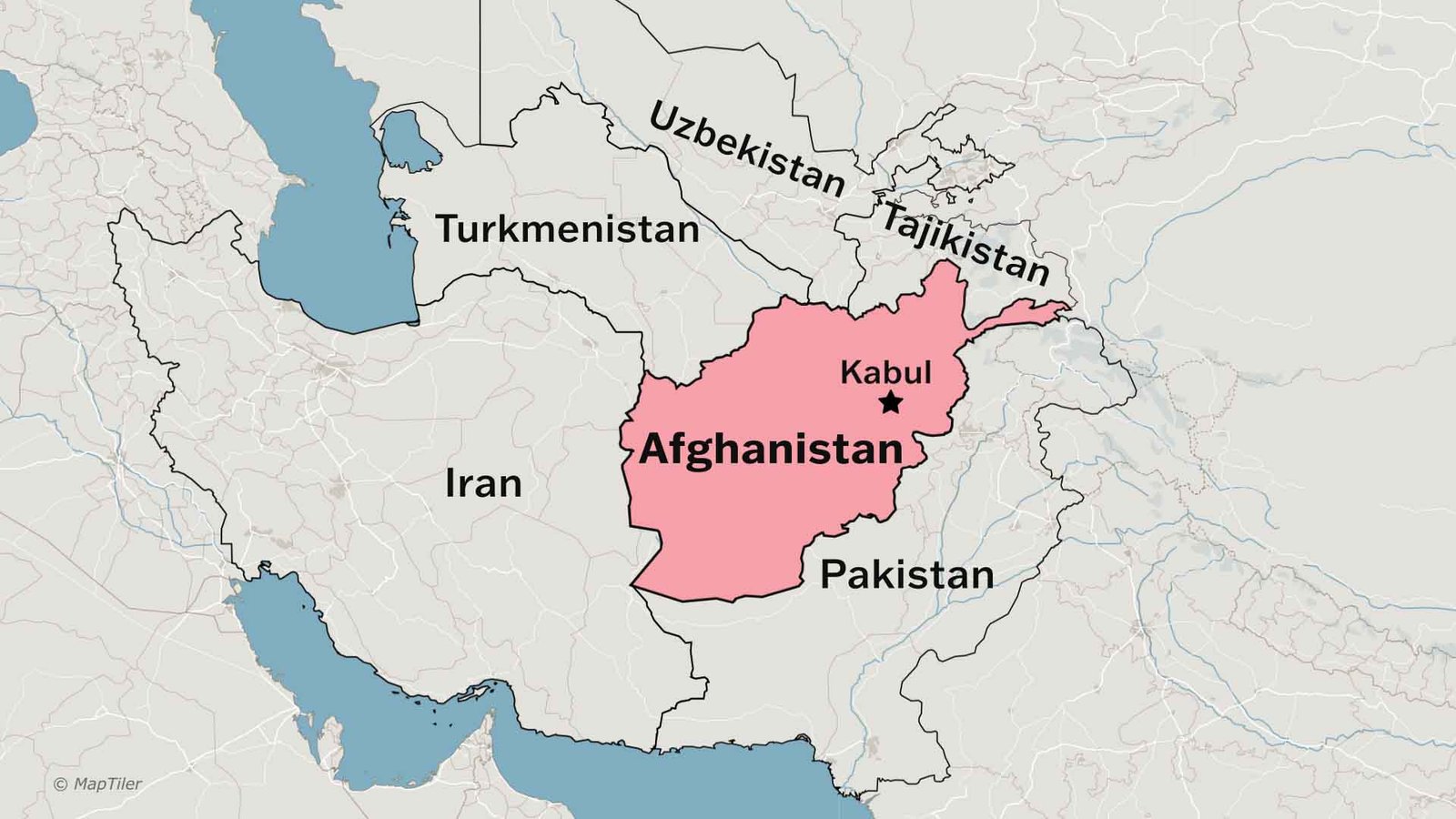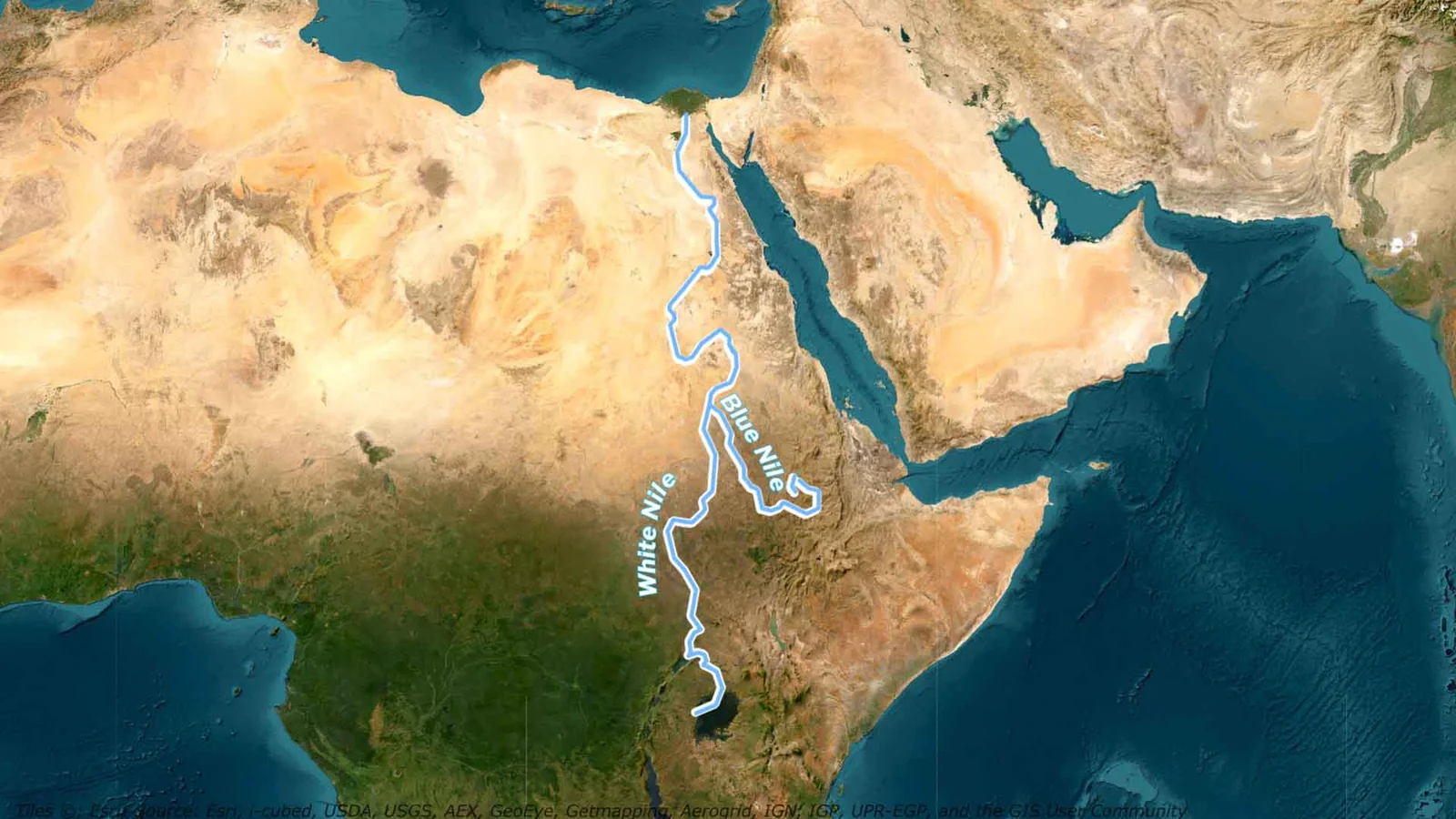Introduction Supreme Court in India
Unlike the USA, where there are separate judicial systems for federal and state laws, India has an integrated judicial system with the Supreme Court at the top, followed by High Courts and subordinate courts like district courts. This unified system or the integrated system of judiciary, enforces both central and state laws.
The Supreme Court of India, inaugurated on January 28, 1950, replaced the Federal Court of India and the British Privy Council as the highest court of appeal. Its jurisdiction is broader than its predecessor’s.
Articles 124 to 147 in Part V of the Indian Constitution outline the organisation, independence, jurisdiction, powers, and procedures of the Supreme Court, with Parliament having the authority to regulate these matters.
Composition of the Supreme Court of India
The strength of the Supreme Court has progressively increased over the years, starting from 8 judges (1 Chief Justice and 7 others) to 33 in 2019, with previous increases in 1956, 1960, 1977, 1986, and 2008.
The Supreme Court of India currently consists of 34 judges, including the Chief Justice of India and 33 other judges. The number was increased from 31 to 34 in 2019 through the Supreme Court (Number of Judges) Amendment Act, 2019.
Appointment Process
- The President appoints Supreme Court judges.
- The Chief Justice is appointed after consultation with relevant judges, and other judges are appointed after consultation with the Chief Justice and other necessary judges from the Supreme Court and High Courts.
- Consultation with the Chief Justice is mandatory for appointing judges other than the Chief Justice.
Controversy Over Consultation in Judicial Appointments
From 1950 to 1973, the convention in India was to appoint the senior-most judge of the Supreme Court as the Chief Justice of India.
However, this practice was violated in 1973 when A.N. Ray was appointed as Chief Justice, bypassing three senior judges. A similar incident occurred in 1977 when M.U. Beg was appointed by superseding the senior-most judge.
This discretionary power of the government was limited by the Second Judges Case (1993), where the Supreme Court ruled that only the senior-most judge of the Supreme Court should be appointed as the Chief Justice of India.
- First Judges Case (1982):
- The Supreme Court interpreted the word “consultation” in Article 124 to mean only an exchange of views, not necessarily agreement.
- The President had the final authority in judicial appointments, even if the Chief Justice of India (CJI) disagreed.
- Second Judges Case (1993):
- The Court reversed its earlier ruling and held that “consultation” meant “concurrence” (agreement).
- The CJI’s advice, after consulting two senior-most colleagues, became binding on the President for judicial appointments.
- Third Judges Case (1998):
- The Court clarified that the CJI must consult a collegium of four senior-most judges, not just act alone.
- The CJI’s recommendation without the proper consultation process would not be binding on the government.
- 99th Constitutional Amendment and NJAC (2014):
- The 99th Constitutional Amendment and the National Judicial Appointments Commission (NJAC) Act sought to replace the collegium system with a new body for judicial appointments.
- In 2015, the Supreme Court declared both the Amendment and NJAC Act unconstitutional, restoring the collegium system, arguing that NJAC would undermine judicial independence.
National Judicial Appointments Commission
The National Judicial Appointments Commission (NJAC) was established through the 99th Constitutional Amendment Act of 2014 to replace the collegium system for the appointment of judges to the Supreme Court and High Courts.
The NJAC aimed to bring transparency, accountability, and broader participation in the selection process by involving representatives from the judiciary, executive, and civil society.
The commission consisted of six members: the Chief Justice of India (CJI), two senior-most judges of the Supreme Court, the Union Minister of Law and Justice, and two eminent persons nominated by a committee comprising the Prime Minister, the CJI, and the Leader of the Opposition.
However, in 2015, the Supreme Court struck down the 99th Amendment and the NJAC Act as unconstitutional in the Fourth Judges Case, asserting that the new system would undermine judicial independence.
As a result, the collegium system was reinstated, with the Court emphasising that the independence of the judiciary is a basic structure of the Constitution.
Qualifications of Judges:
To be appointed as a judge of the Supreme Court of India, a person must:
- Be a citizen of India.
- Fulfil one of the following:
- Have been a judge of a High Court (or multiple High Courts) for at least 5 years.
- Have been an advocate of a High Court (or multiple High Courts) for at least 10 years.
- Be considered a distinguished jurist in the opinion of the President.
There is no minimum age requirement specified by the Constitution for appointment.
Oath or Affirmation:
Before assuming office, a Supreme Court judge must take an oath or affirmation to:
- Bear true faith and allegiance to the Constitution of India.
- Uphold India’s sovereignty and integrity.
- Perform duties impartially, without fear, favour, affection, or ill-will.
- Uphold the Constitution and the laws.
Salaries and Allowances:
- The salaries, allowances, and privileges of Supreme Court judges are determined by Parliament.
- Judges’ salaries cannot be reduced to their disadvantage, except during a financial emergency.
- As of 2018, the Chief Justice’s salary was ₹2.80 lakh per month, and a judge’s salary was ₹2.50 lakh per month.
- Judges are also provided with free accommodation, medical facilities, car, a telephone, etc.
- Retired judges are entitled to a pension of 50% of their last drawn salary.
Tenure of Judges:
- A judge of the Supreme Court holds office until they reach the age of 65 years. The authority to determine the judge’s age is provided by Parliament.
- A judge can resign by submitting a written resignation to the President.
- A judge can be removed from office by the President, based on a recommendation from Parliament.
Removal of Judges:
- A judge can be removed only through a presidential order, after Parliament addresses the President with a motion for removal, supported by a special majority in both Houses of Parliament.
- The grounds for removal are proven misbehaviour or incapacity.
Procedure for Removal (Judges Enquiry Act, 1968):
- A motion for removal must be signed by at least 100 members (Lok Sabha) or 50 members (Rajya Sabha).
- The Speaker/Chairman decides whether to admit the motion.
- If admitted, a three-member committee is formed to investigate the charges, consisting of:
- The Chief Justice or a Supreme Court judge.
- The Chief Justice of a High Court.
- A distinguished jurist.
- If the committee finds the judge guilty of misbehaviour or incapacity, the motion is considered in Parliament.
- After the motion passes with a special majority in both Houses, an address is presented to the President for removal.
- The President issues the order for removal.
No judge has been impeached so far, though the impeachment motion for Justice V. Ramaswami in 1993 was defeated in the Lok Sabha despite the inquiry committee finding him guilty.
Ad hoc Judge
- If there is a lack of quorum in the Supreme Court, the Chief Justice of India can appoint a High Court judge as an ad hoc judge temporarily.
- This requires consultation with the concerned High Court Chief Justice and prior consent from the President.
- The appointed judge must be qualified to be a Supreme Court judge and will enjoy all the powers and privileges of a Supreme Court judge during the tenure.
Retired Judge
- The Chief Justice of India can request a retired Supreme Court or High Court judge, qualified for Supreme Court appointment, to act temporarily as a judge.
- This requires prior consent from both the President and the individual.
- The retired judge will receive allowances and enjoy the powers of a Supreme Court judge, but will not be considered a permanent judge.
Seat of the Supreme Court
- Article 124 of the Constitution designates Delhi as the seat of the Supreme Court.
- However, under Article 130, the Chief Justice of India, with the President’s approval, can appoint other places as the seat of the Supreme Court.
- This provision is optional, meaning no court can direct the President or the Chief Justice to select an alternate seat.
Procedure of the Court
- Article 145 empowers the Supreme Court to make rules to regulate its practice and procedure, subject to the President’s approval.
- Cases referred by the President under Article 143 are decided by a bench of at least five judges. All other cases are decided by single judges or division benches.
- As per Article 145(4), judgments are delivered in open court, and while decisions are based on majority votes, dissenting opinions can be given by judges who disagree.
Independence of the Supreme Court of India
Introduction
The Supreme Court of India plays a crucial role in the country’s democratic system as the highest court of appeal, a federal court, and the protector of fundamental rights and the Constitution.
The Constitution provides several provisions to safeguard the Supreme Court’s independence and protect it from interference by the executive (Council of Ministers) and the legislature (Parliament), enabling it to administer justice impartially and without fear or favor.
The Constitution ensures the independence and impartial functioning of the Supreme Court through several provisions:
- Mode of Appointment (Article 124)
- Judges of the Supreme Court are appointed by the President in consultation with the judiciary (Supreme Court and High Court judges), limiting executive discretion and ensuring judicial independence.
- This consultation process is meant to prevent political interference in judicial appointments.
- Security of Tenure (Article 124)
- Supreme Court judges hold office until the age of 65 and can only be removed through impeachment, ensuring security of tenure.
- This protection from arbitrary dismissal guarantees that judges can function independently without fear of political repercussions.
- Fixed Service Conditions (Article 125):
- The salaries, allowances, and pensions of Supreme Court judges are fixed by Parliament and cannot be altered to their disadvantage during their tenure, except during a financial emergency.
- This ensures financial stability for judges throughout their service.
- Expenses Charged on Consolidated Fund (Article 112):
- The salaries, allowances, pensions, and administrative expenses of the Supreme Court are charged on the Consolidated Fund of India, making them non-votable by Parliament.
- This provision protects the Court from potential financial constraints imposed by the executive.
- Conduct of Judges (Article 121)
- The conduct of Supreme Court judges cannot be discussed in Parliament or state legislatures, except during impeachment proceedings.
- This safeguards the dignity of judges by preventing unnecessary political scrutiny of their judicial actions.
- Ban on Practice after Retirement (Article 220)
- Retired Supreme Court judges are prohibited from practicing in any court or before any authority in India.
- This ensures that retired judges remain impartial and avoid any conflict of interest in future judicial matters.
- Power to Punish for Contempt (Article 129)
- The Supreme Court has the power to punish for contempt of court, ensuring its authority, dignity, and honor.
- This power is essential to maintain the respect and authority of the judiciary.
- Freedom to Appoint its Staff (Article 146)
- The Chief Justice of India has the authority to appoint officers and servants of the Supreme Court without interference from the executive.
- This ensures that the Court’s administrative functions are carried out independently.
- Jurisdiction Protection (Article 138)
- The Parliament cannot curtail the jurisdiction and powers of the Supreme Court, although it can extend them.
- This guarantees that the Supreme Court retains its broad authority in interpreting the Constitution and safeguarding fundamental rights.
- Separation from Executive (Article 50)
- The Constitution mandates the separation of the judiciary from the executive in the public services.
- This ensures that executive authorities do not have judicial powers, maintaining the independence of the judiciary in India.
Read More on Federalism
Supreme Court Advocates
There are three categories of advocates entitled to practice before the Supreme Court:
Senior Advocates:
- Designated by the Supreme Court or High Courts for their exceptional ability, experience, or standing at the Bar.
- They cannot appear without an Advocate-on-Record in the Supreme Court
- They are prohibited from doing drafting work, but can consult with juniors for such matters.
Advocates-on-Record
- Only these advocates can file documents or matters before the Supreme Court
- They act for a party in the Court.
- They are responsible for representing clients and managing filings.
Other Advocates
- These are advocates registered with any State Bar Council under the Advocates Act, 1961.
- They can appear and argue in the Supreme Court but cannot file documents or matters on behalf of a party.
Comparison between the American and Indian Supreme Courts
| Criteria | Indian Supreme Court | American Supreme Court |
|---|---|---|
| Original Jurisdiction | Confined to federal cases. | Covers federal cases, naval forces, maritime activities, ambassadors, etc. |
| Appellate Jurisdiction | Covers constitutional, civil, and criminal cases. | Confined to constitutional cases only. |
| Discretion to Grant Special Leave to Appeal | Very wide discretion to grant special leave to appeal in any matter except military. | No such plenary power. |
| Advisory Jurisdiction | Has advisory jurisdiction. | Has no advisory jurisdiction. |
| Scope of Judicial Review | Limited. | Very wide. |
| Defends Rights of Citizens | According to ‘procedure established by law.’ | According to ‘due process of law.’ |
| Jurisdiction and Powers | Can be enlarged by Parliament. | Limited to what is conferred by the Constitution. |
| Judicial Superintendence and Control | Has power over state high courts due to an integrated judicial system. | No such power due to double (or separated) judicial system. |

